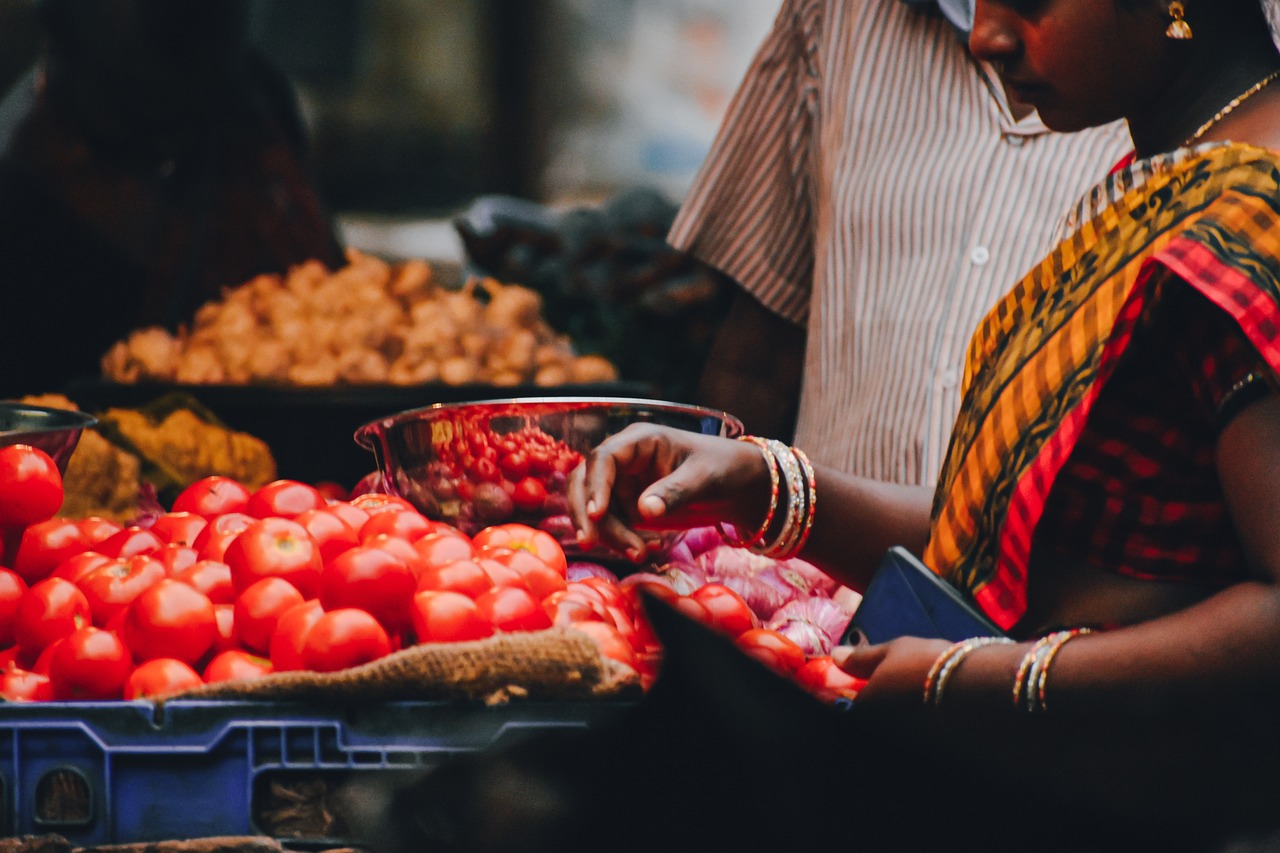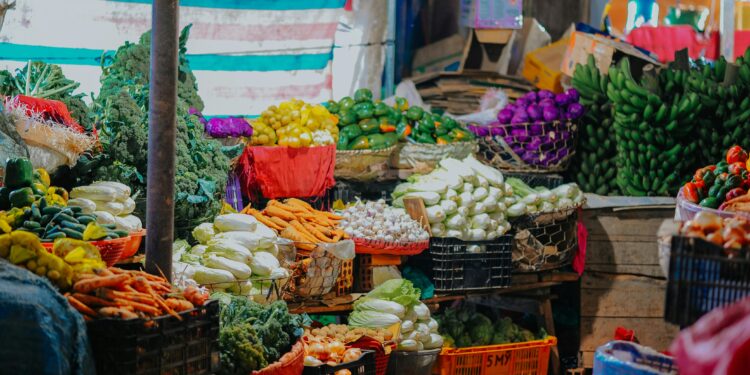Nigeria has recently seen a slight but noticeable decrease in inflation, which is generally positive news for the country’s economy. The cost of food is still extremely expensive, though, which is a major issue for a lot of families. This situation seems confusing because lower inflation usually means lower prices, right? In order for us to understand why food prices are still high, we need to look at the various reasons that keep them high. While reducing inflation is a positive step, it’s important to explore the different factors that keep food prices from dropping in Nigeria.

The Dynamics of Food Pricing
For this article, we visited a few markets in Nigeria’s eastern and western regions, specifically Anambra State and Lagos State. We didn’t want to write based solely on our own opinions as consumers; we wanted to see things from the seller’s perspective. In this piece, we will describe in detail the functions of sellers as explained to us by Ms. Joy Okafor and Mrs. Ijeoma Betty.
The role of retailers
How frequently do retailers adjust prices in response to manufacturer changes?
When sellers find out that companies have increased prices, they also raise their prices a little so people can still buy the products. If wholesalers call the sellers several times a month to tell them about small price increases, sellers usually keep their prices the same if the margin of the new prices isn’t high enough to cost them their profit. But in a case where the increments are way above their profit margin, the sellers top the price to find their gain.
The impact of transportation costs on retail prices
In terms of transportation costs impacting food items, Mrs. Ijeoma doesn’t think transportation costs matter, at least it don’t matter in her line of business. Mrs. Ijeoma went further to say
“In my business, which involves selling basic food items and condiments, transportation costs don’t matter. I sell items by the carton. When I buy a carton of any goods, I divide the total cost by the number of items inside. Then, I add a little money as profit, similar to what other retailers do.”
“If everyone adds transportation costs to their goods, prices of these goods would be different. In that the profit margin in that line of business would differ from one seller to another, which is not supposed to be so. In fact, only scarce items like tomatoes and yams might include transportation costs,” Mrs. Ijeoma concludes.
Other operational expenses affecting retail prices
In the busy Eke Awka market in Awka, the capital of Anambra State, Mrs. Joy runs a shop where she sells food items such as spaghetti, rice, and groundnut oil etc. She says that the extra costs she faces while running her shop affect the prices of her goods. These costs include things like higher shop rent and losses from buying goods at higher prices before.
But isn’t it unfair to include these extra expenses in the prices of the goods? For example, imagine you bought a pack of spaghetti for ₦800 one day, and the next day the same pack costs ₦1000 because the seller had to pay a sanitation fee. This isn’t just a made-up scenario; I’ve seen it happen, like when the price of a biscuit went up by ₦100 overnight.
On the other hand, Mrs. Ijeoma, who sells similar items in Lagos, disagrees. She says, “No, transportation costs don’t affect my goods. I pay for shop rent, a lock-up shop, electric bill, and sanitation, which can vary for everyone. So adding these running costs to the prices of goods doesn’t make sense.”
Do suppliers pass on reduced manufacturing costs to retailers?
Yes, the suppliers do pass on the reduced cost and current price list for products to the sellers. Then here’s the big thought many people have about this situation. You might wonder why these sellers still sell at a higher price even after prices from the manufacturers have been reduced. So why aren’t the prices of products going down? That’s because when prices go down, sellers sometimes experience losses.
Many sellers buy in quantity, fearing that prices will go up. If prices increase, those who stockpile up will benefit. But if product prices fall, sellers are supposed to lower their pricing. However, the fear of losing money drives them to continue selling these products that they purchased at higher costs. These sellers will continue to do so until that particular batch of highly purchased goods is finished.
Factors Contributing to Persistent High Food Prices
Government Policies: Government policies can affect food prices in different ways. For example, if the government puts taxes on businesses, those businesses might raise their prices to cover the extra costs. Also, if there are high import taxes on food coming from other countries, that food becomes more expensive in local stores because the extra costs are passed on to us.
Market Structure: Market structure is all about how different people or companies in the food industry affect prices. Middlemen, like wholesalers, buy food from producers and sell it to stores. They often add their own markups, which means food prices go up. Big companies also have a lot of control over prices because they dominate the market, so they can charge more since there’s less competition.
Regional Factors: In Nigeria, tomatoes mostly come from the north. On the way to other parts of the country, like the West, there are many checkpoints where police officers are said to collect money from truck drivers carrying large amounts of tomatoes or yams. By the time the trucks reach their destination, the total amount spent on bribes can be much higher than the drivers’ pay. After drivers went on strike to protest these extra costs, an agreement was made to reimburse them. This reimbursement is added to the price of tomatoes, making them more expensive for consumers.
Conclusion
In summary, there are multiple factors that contribute to high food costs: transportation challenges between food producers and retailers, regulatory policies such as import duties and taxes, and the structure of the food industry in relation to middlemen and large corporations. The government needs to pass wise policies that could improve food distribution, change trade rules, and improve price control in order to address these issues.
















